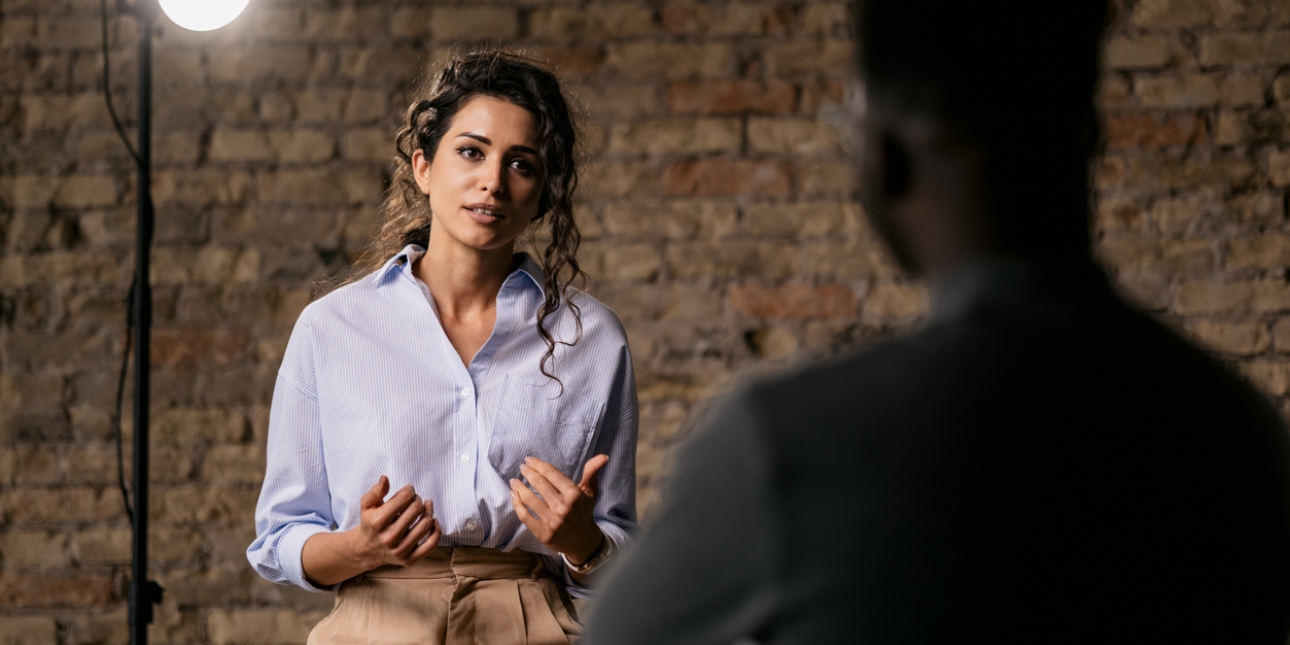Crisis communication: When a picture says it all
It is vital during a crisis to consider what things look like and how the visuals impact on the organisation…
I love words. I enjoy writing and I know that my preferred option is to write a blog or an article rather than to do a video or online chat. But that is not going to help me in a world that is more visual than ever before. If it doesn’t have some image attached then I will probably scroll past it on social media. Most importantly for me in the work I do now in a crisis the images will define how people view the situation and the response.
Earlier this month, a video of a PCSO in Sussex was circulating. It defined the story.
The images of burning cars, looted shops and rioting gangs defined how we viewed the situation in France. And there is always someone on hand with a smart phone to capture what happens.
For years crisis communication training has focused on the words, what do we say about what has happened, who will be the spokesperson and when do they speak. This focus worked well when the main source of news was newspapers, radio and TV news. But the world is very different in 2023 and statements, while still necessary, are not the only game in town.
It is vital during a crisis to consider what things look like. What are people seeing? How do the visuals impact on the organisation? How can you explain what is happening and the action you are taking in a visual way? What people are seeing and hearing should be at the forefront of our minds when developing a crisis communication response.
If you think of any serious incident or crisis what is the first thing that comes to mind? I would guess it will be the video you saw online, or the people responding. It is less likely to be the words that were spoken in the aftermath. Don’t get me wrong words are still important and can enhance the response but at the core of our crisis communication plans should be having the right visuals.
Organisations need to be considering what smartphone video they can take to show the response and what is happening often out of view behind the scenes. They need to put someone up to speak as soon as possible because they can provide a focus and be the face of the response. (Another reason why media training is so important even though it needs to be brought up to date.)
Think about the crisis communication plan that you have or that you last used, did it have a reminder about finding the visuals that will embody what you want to say? Did it put a spokesperson up within the first four hours? Did it have a drive to show what is happening to manage the situation using social media channels? If it didn’t then I would take another look at it and if nothing else ensure in the plan or checklists that you remind yourself there is more to crisis communication than a well crafted statement.
Amanda Coleman is a crisis communication expert and consultant, founder of Amanda Coleman Communication and the author of Crisis Communication Strategies.
This post was originally published on her Amandacomms blog as When a picture says it all. Read the original post.

